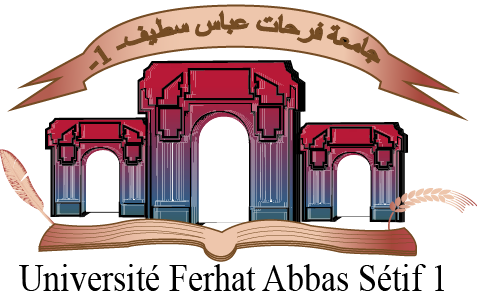In Vitro Antioxidant Activities Of Various Extracts From Flowers-leaves Mixture Of Algerian Cytisus Triflorus
Résumé: Background: Antioxidants from plants are preferred due to their multiple mechanisms of actions. In this study, the mixture of flowers and leaves (according to traditional use) of Cytisus triflorus (Fabaceae) was assessed for their in vitro antioxidant activities. Materials and Methods: The mixture leaves-flowers powder was macerated in methanol, filtered, and then dried to give the crude extract. The crude extract was successively extracted with different solvents of increasing polarity giving: petroleum ether extract, chloroform extract and ethyl acetate extract. Total phenol content was determined by Folin-ciocalteau assay and the AlCl3 method was used for determination of the total flavonoids. The mixture was assessed for its in vitro antioxidant activity using spectrophotometric methods like DPPH, β-carotene/linoleic acid bleaching, Ion chelating, reducing power, Superoxide anion radical scavenging, ABTS radical scavenging, Hydrogen peroxide and Anti-Hemolytic Assays. Antioxidant activities were compared with BHT and ascorbic acid as standard antioxidants. Results: Quantitative analysis of antioxidative components showed that ethyl acetate extract is the richest fraction in term of polyphenols (69.78 ± 2.97 µg GAE/mg of extract) when chloroform extract has the highest amount of flavonoids (17.4 ± 0.46 µg QE/mg extract). Results showed that the crude extract and fractions of this plant exhibited high antioxidant activities. Crude extract showed the strongest effect in almost all tests (DPPH, ion Chelating, β-carotene/linoleic acid bleaching and Anti-Hemolytic assays), when petroleum ether extract was the weakest one. Aqueous extract exhibited the highest activity in reducing power test with IC50 value of 320 µg/mL while chloroform extract was the most effective in hydroxyl scavenging assay (IC50 = 440.45 µg/mL). In hydrogen peroxide scavenging test, ethyl acetate extract was the most effective with a similar effect to that of ascorbic acid (IC50 = 1.54 µg/mL). Conclusion: Results obtained indicated that extracts from Cytisus triflorus exhibited a potential effect to prevent disease caused by the overproduction of radicals.
Mots-clès:
Nos services universitaires et académiques
Thèses-Algérie vous propose ses divers services d’édition: mise en page, révision, correction, traduction, analyse du plagiat, ainsi que la réalisation des supports graphiques et de présentation (Slideshows).
Obtenez dès à présent et en toute facilité votre devis gratuit et une estimation de la durée de réalisation et bénéficiez d'une qualité de travail irréprochable et d'un temps de livraison imbattable!


